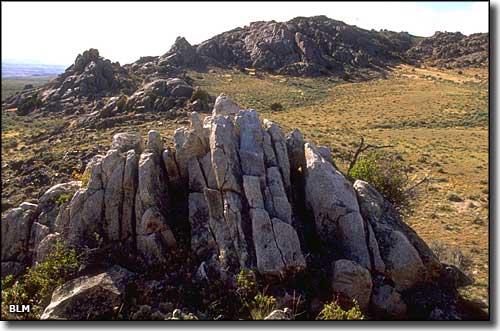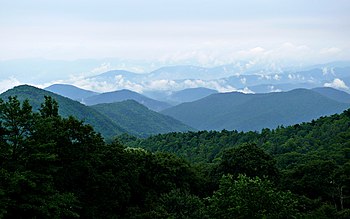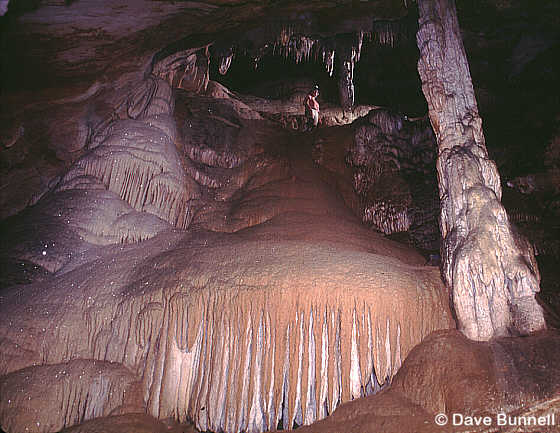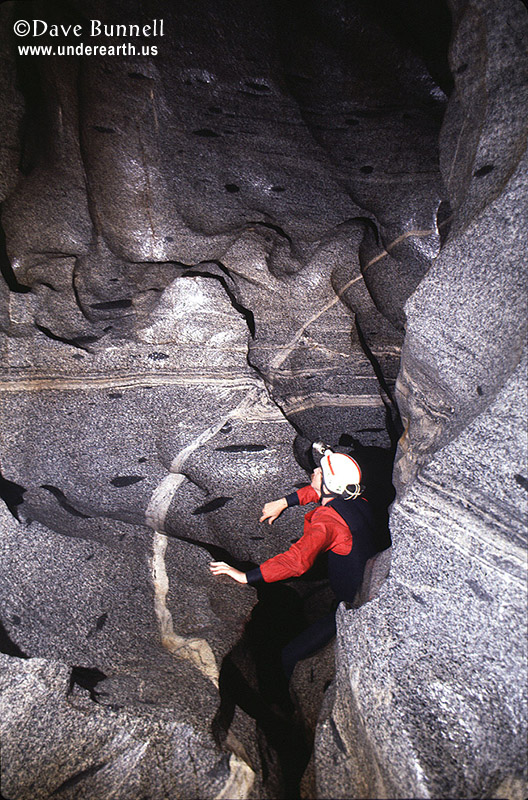1) I am offering extra credit to anyone who can find the two missing (new) Goode's Atlases.
2) Many of you will be asked to come to Wednesday intervention this week to make up missing work.
3) I will be holding a Middle Earth discussion group during 1st lunch on Thursday (23 May) in my room. All are welcome to join.
Mountains and Caves
The Lonely Mountain (Erebor) is the kingdom and homeland of the dwarves. We saw that it contained veins of gold where the dwarves are digging. Gold veins are commonly found in greenstone belts.The rocks in a greenstone belt are sometimes metamorphic (changed through high heat and pressure) and sometimes igneous (volcanic). The Seminoe Moutains in Wyoming are part of the greenstone belt.
The Iron Hills are part of a hilly mountainous region east of the Lonely Mountain. Thorin's cousin Dane and his kingdom reside there.
Iron is commonly found in sedimentary rock alongside quartz as part of banded iron formations. These red rocks are the kind we would expect to find in the Iron Hills.
The Blue Mountains are the current kingdom of the dwarves under the rule of Thorin. We could expect these to be like the Blue Ridge Mountains (part of the Appalachians). The "blue" comes from the release of isoprene from deciduous trees (like oak and poplar).
Misty Mountains - central mountain chain through which Bilbo and the dwarves must travel to get to the Lonely Mountain. The Fellowship of the Ring also passes through the Misty Moutains, by way of Moria (Khazad-dûm).
Both times the parties go through the mountains by going under them. Moria is another under-mountain kingdom built by the dwarves, but in the Hobbit, the dwarves and Bilbo go through the Goblin Kingdom. This kingdom may have been somewhat mined for expansion, but looks as though it was built from an existent cave system.
Most caves are solution caves formed in karst. Karst is rich in limestone, which gets eroded dripping water over time.
The caves that we see in the Hobbit, however, are most likely hard rock erosion caves. These caves are likely to happen in granite (igneous rock). Usually water erodes existent cracks and creates passage ways and crevices like we will see in the movie.






No comments:
Post a Comment